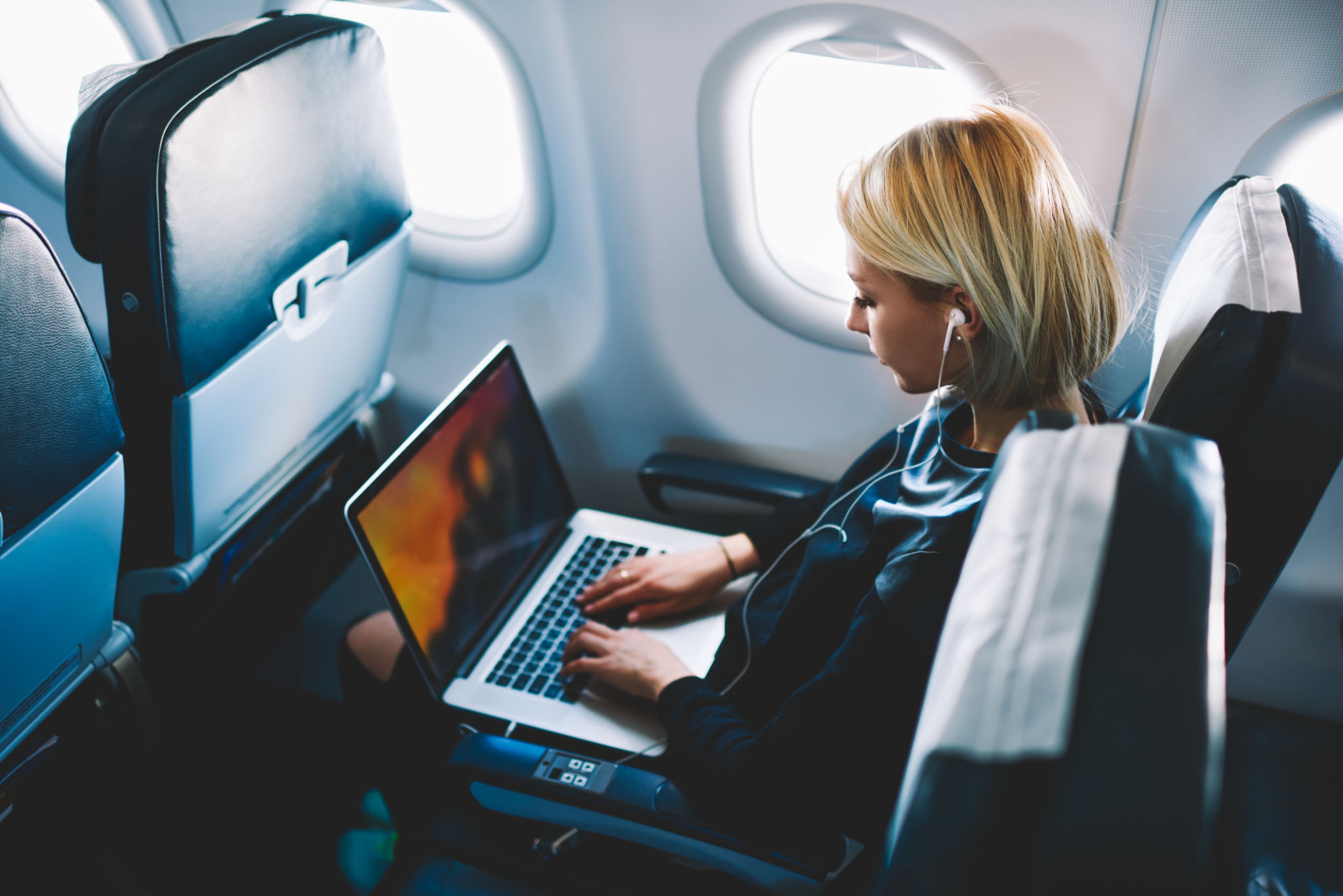Debunking Common Myths About Aviation Technology
Understanding the Basics of Aviation Technology
Aviation technology is a field often shrouded in mystery and misconception. While many people appreciate the marvel of flight, few understand the intricate technologies that make it possible. This blog post aims to debunk some of the common myths surrounding aviation technology and provide clarity on this fascinating subject.

Myth: Airplanes Are Entirely Controlled by Computers
One of the most pervasive myths is that modern airliners are completely controlled by computers. While it's true that computers play a significant role in flight operations, especially with the advent of autopilot systems, pilots remain crucial to the process. Pilots are extensively trained to handle a variety of situations and are responsible for making critical decisions during flights.
Autopilot systems assist in maintaining altitude, direction, and speed, but they do not replace the human element. Pilots are always in control and can override computer systems if necessary, ensuring the safety and efficiency of every flight.
Myth: Turbulence Is Dangerous
Turbulence is often misunderstood as a dangerous phenomenon when, in fact, it is a normal part of flying. Turbulence occurs due to changes in wind speed and direction and is largely unavoidable. Aircraft are designed to withstand significant turbulence, and pilots are trained to navigate through it safely.
While turbulence can be uncomfortable for passengers, it rarely poses a threat to aircraft. Modern planes are equipped with advanced sensors and technology that allow pilots to predict and mitigate turbulent conditions effectively.

Myth: Airplane Doors Can Be Opened Mid-Flight
Another common myth is that airplane doors can be opened during a flight. Fortunately, this is not possible due to several safety mechanisms. Aircraft doors are designed to remain securely shut during a flight, even under extreme pressure differences between the cabin and the outside environment.
The cabin pressure at cruising altitude is much higher than the outside pressure, effectively sealing the doors shut. Additionally, they are equipped with locking systems that prevent them from being opened in-flight, ensuring passenger safety.
Myth: Airplane Wi-Fi Is Unsecure
With the increasing availability of Wi-Fi on flights, concerns about security have also risen. However, airlines implement robust security measures to protect passengers' data while using in-flight Wi-Fi services. Encryption and secure connections are standard protocols that ensure safe browsing experiences.

While no system is entirely immune to cyber threats, the aviation industry continuously updates its security protocols to address potential vulnerabilities. Passengers can further protect themselves by using VPNs and avoiding accessing sensitive accounts while in-flight.
Myth: Planes Are Unsafe Compared to Other Modes of Transport
This myth is prevalent but unfounded. Statistically speaking, air travel is one of the safest modes of transportation available today. The aviation industry adheres to strict safety regulations and continuously advances its technology to improve safety standards.
Airlines conduct regular maintenance checks, pilot training sessions, and safety drills to ensure that every flight meets global safety standards. By understanding these realities, passengers can feel more confident when flying.
Debunking these myths helps foster a better understanding of aviation technology and its capabilities. As technology continues to evolve, the aviation industry will likely see even more innovations that enhance both safety and passenger experience.
